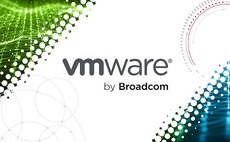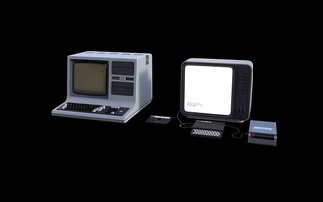Having transformed the way we buy books, and then consumer goods in general, Amazon is now blazing a disruptive trail through enterprise IT
For a company that makes just shy of $50bn a year, online retail giant Amazon manages to maintain an air of mystique. As R "Ray" Wang, an analyst with Constellation Research, puts it: "Whatever you...
To continue reading this article...
Join Computing
- Unlimited access to real-time news, analysis and opinion from the technology industry
- Receive important and breaking news in our daily newsletter
- Be the first to hear about our events and awards programmes
- Join live member only interviews with IT leaders at the ‘IT Lounge’; your chance to ask your burning tech questions and have them answered
- Access to the Computing Delta hub providing market intelligence and research
- Receive our members-only newsletter with exclusive opinion pieces from senior IT Leaders





















